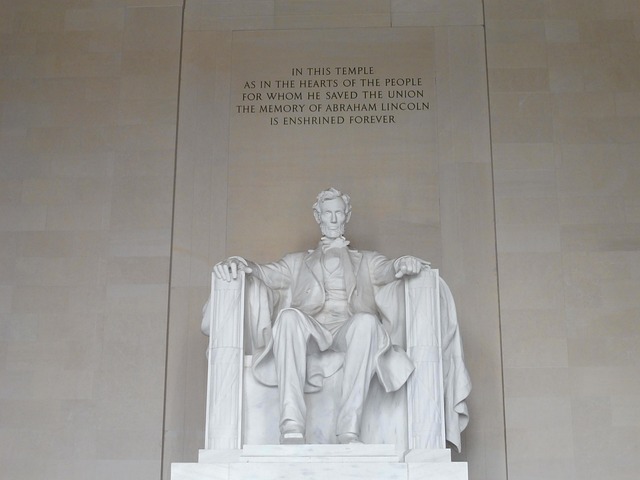The Divine Duality: Exploring the Mythology of Janus in Religion
In the realm of ancient mythology, few deities embody the concept of duality as strikingly as Janus, the Roman god known for his two faces that gaze both into the past and the future. This unique characteristic is not just a physical anomaly; it symbolizes Janus’s role as a guardian of transitions, thresholds, and time itself. In the context of religion, his influence resonates with those who find themselves standing at the crossroads of change and uncertainty.
Janus was revered in ancient Rome as the deity who presided over beginnings and endings. Whether embarking on a new journey, celebrating a marriage, or opening a new business, worshippers would invoke Janus’s blessings, recognizing the need for both reflection on the past and hope for the future. This inherent duality speaks to the human experience; we are constantly navigating between what has been and what is yet to come. In times of upheaval, we often look backward for wisdom while simultaneously yearning for progress. Janus embodies that struggle, offering a bridge between what is known and what remains to be discovered.
Religious practices surrounding Janus highlight the deep-seated human desire to seek guidance and assurance during transformative moments. The rituals dedicated to him served as a form of spiritual acknowledgment that change is an integral part of life. Janus teaches us that looking back can provide valuable insights, shaping our decisions as we forge new paths. This duality is mirrored in many religions, where deities embody contrasting facets of existence. The intertwining of past and future can be seen in various belief systems, emphasizing a global understanding that transitions are sacred.
Moreover, the imagery of Janus can be found beyond Roman religion, surfacing in contemporary discussions around decision-making and personal growth. Many people today resonate with the symbolism of a figure who stands at the intersection of possibility, embodying the strength it takes to face the unknown while honoring what has been left behind. This archetype of Janus encourages reflection, prompting individuals to assess their journeys while preparing for what lies ahead.
In different cultures, we might also find parallels to Janus’s mythology. The Hindu concept of Shiva, for instance, embodies creation and destruction, facilitating the cyclical nature of life. By acknowledging the dual aspects of existence, such deities remind us that both joy and sorrow, beginnings and endings, must coexist. This perspective is essential, especially in a world that often emphasizes linear progression. Recognizing the cyclical patterns present in our lives can bring comfort and clarity, much like the teachings associated with Janus.
Embracing the essence of Janus can also foster a deeper understanding of our shared human experience. As we navigate life’s intricate tapestry, we all confront moments of duality; times when we must hold on to our past while stepping boldly into an uncertain future. Finding solace in the stories of gods like Janus can provide not just reassurance, but also a profound connection to the legacies of those who have faced similar challenges before us.
As we explore the rich tapestry of mythology and religion, the lessons behind Janus’s dual nature continue to resonate. They remind us that to move forward, we must often look back—embracing the intertwined essence of our past and future. By engaging with such narratives, we partake in a timeless dialogue about the human condition, a thread that links us to our ancient ancestors while illuminating the path ahead.




